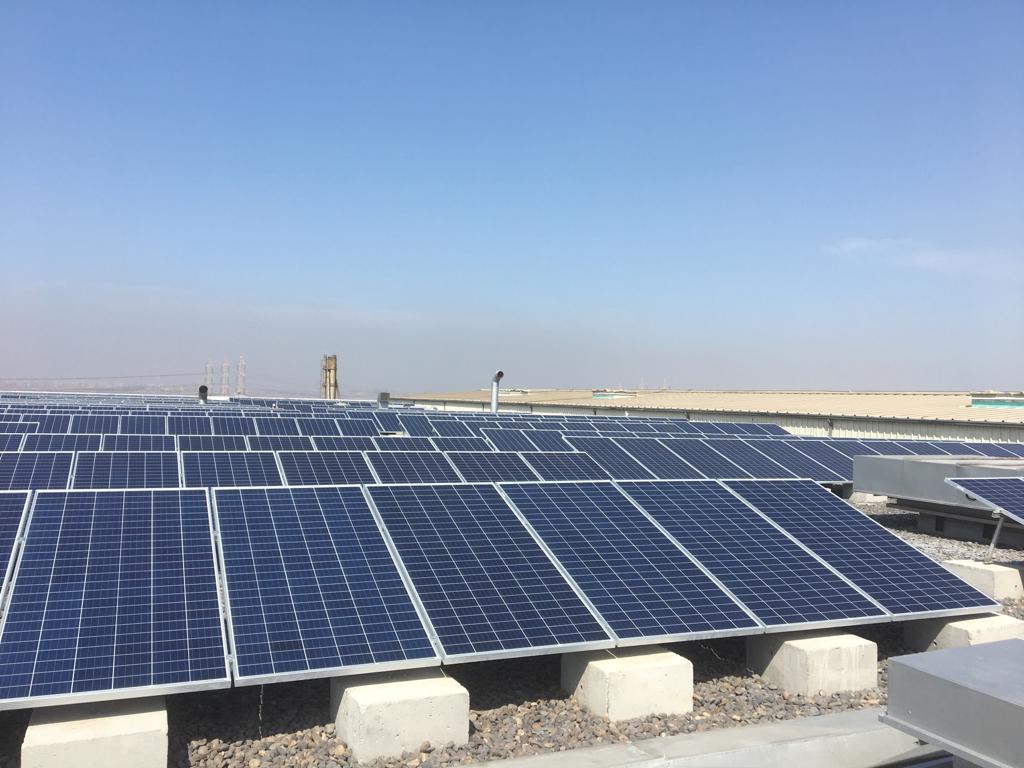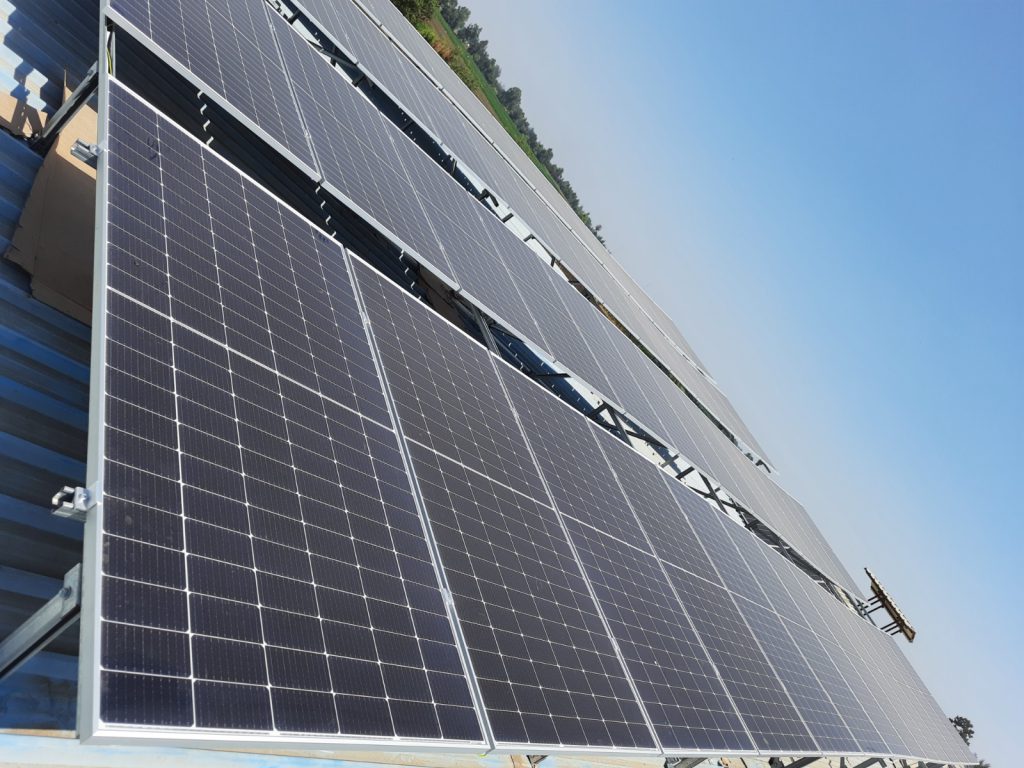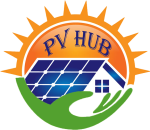Solar energy
Egypt enjoys a strategic location within the solar belt, qualifying it for high productivity in solar energy due to the high average of direct solar radiation. The use of solar energy in homes and industrial facilities serves as a driving factor for the proliferation of small grid-connected solar power stations and the development of the solar cell production market, facilitating their installation.
The advantages of solar energy include:
-
Solar energy is increasingly becoming a common means to complement energy usage.
-
The possibility of expanding the construction of solar power stations for electricity generation.
-
Solar energy systems do not cause any pollution.
-
They usually do not contain moving parts and are easy to maintain.

Examples of solar stations installed on facilities within the scope of electricity distribution companies include:
-A 150 kW (kilowatt) solar power station. at commercial facilities.
The energy produced by the solar power station is 248 megawatt-hours per year.
The annual savings from the energy produced is 309,375 Egyptian pounds (based on an average feed-in tariff price of 1.25 Egyptian pounds).

– A 100 kW (kilowatt) solar power station.at a vegetable market.
The energy produced by the solar power station is 165 megawatt-hours per year.
The annual savings from the energy produced is 206,250 Egyptian pounds (based on an average feed-in tariff price of 1.25 Egyptian pounds).

-A 180 kW (kilowatt) solar power station.at a factory
The energy produced by the solar power station is 297 megawatt-hours per year.
The annual savings from the energy produced is 371,250 Egyptian pounds (based on an average feed-in tariff price of 1.25 Egyptian pounds).

– A 10 kW (kilowatt) solar power station. at a government building.
The energy produced by the solar power station is 17 megawatt-hours per year.
The annual savings from the energy produced is 20,625 Egyptian pounds (based on an average feed-in tariff price of 1.25 Egyptian pounds).

